Recently, I have been learning again. Honestly, around two years after finishing my studies, it’s been quite a change. Somehow, I’ve forgotten a bit how to learn.
Well, not learning as such. I still learn loads of stuff, almost every day, but mostly through practice. To be fair, there were plenty of subjects at university that were also learning by doing—my favourite way of learning.
However, at university, there have always been some subjects that were not so much about understanding but much more about learning stuff by heart. I’ve been good at this as well: memorising information that—quite frankly speaking—is not all that important for life.1
Learning Again
As I’ve written before, I’ve been doing some cloud training, mostly for work. We do lots of cloud things at work, and I quite enjoy them, but occasionally, I don’t have much of an idea what I’m doing. Recently, I completed the basic certification for Azure, and now I’ve started on Kubernetes as well.
The thing is, all these certifications are always, well, a bit cramming-heavy. They have, depending on how well they’re designed, some practical elements, but especially the beginner ones are quite heavy on knowing loads of theoretical stuff.
From my studies, I knew how to cram; I’ve always used, to some success, Anki—a spaced repetition flashcard system that optimises learning efficiency.2 In fact, for the Azure Certification, I had also used Anki to study the more theoretical parts. It worked well, but the problem is, of course, I hadn’t continued to review the cards afterward. So I had some catching up to do.

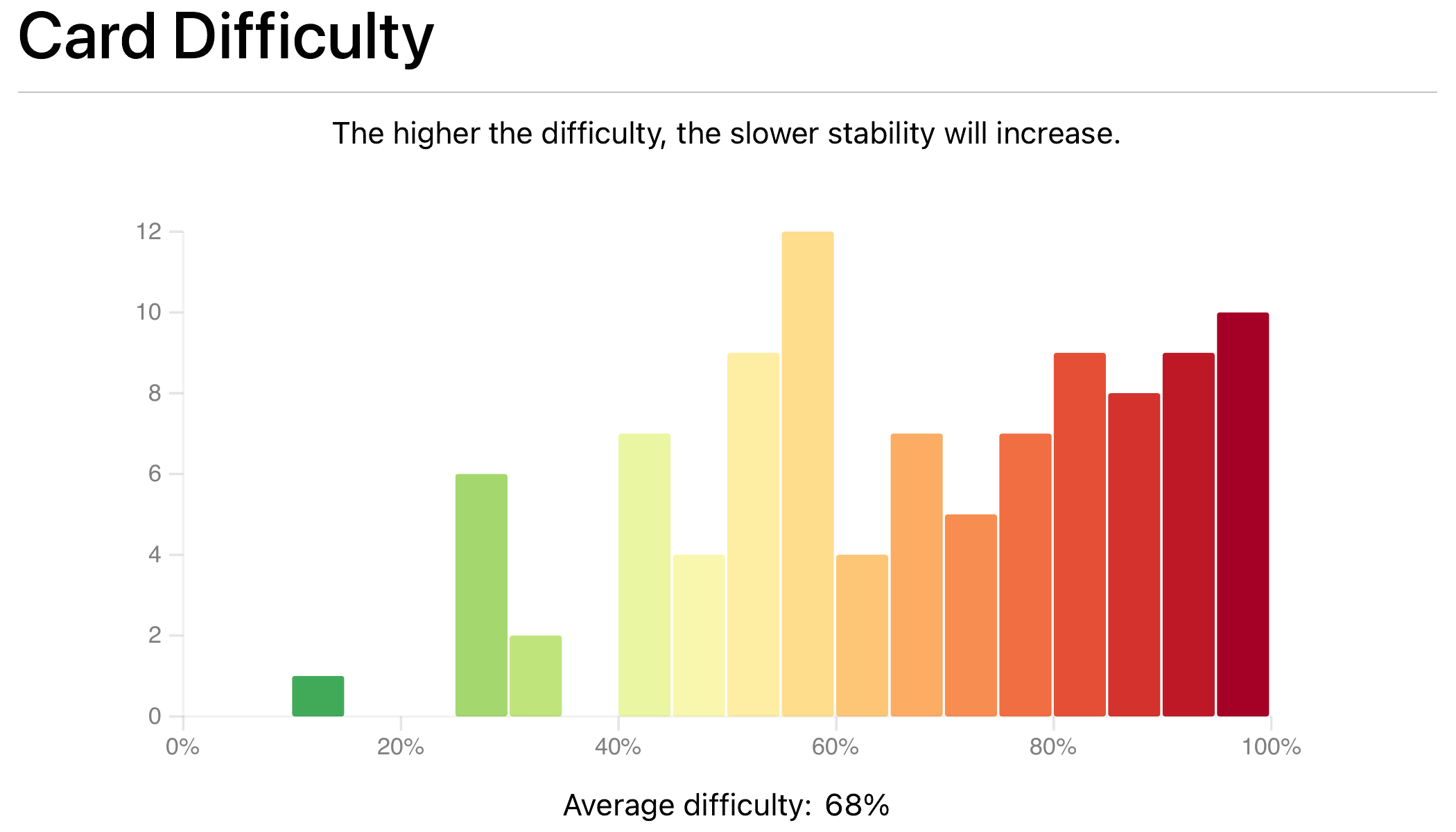
The current state of my learning set for AZ-900. I had to relearn (that’s Anki speak) quite a few cards.
The catching up is good for the knowledge, but also because I might need to refresh the certificate at some point, which should be much easier when I maintain the knowledge instead of having to build it up from scratch again.
Learning Anew
Since it worked quite well last time, I decided that I would again use Anki cards. I completed the recommended course by the Linux Foundation, and I was delighted to find a deck that someone had already created for the Kubernetes and Cloud Native Associate (KCNA) certification.
Normally, I do think it’s beneficial to go through the exercise of creating your own cards—the process itself helps with retention—but in this case, I’d already done the course and absorbed the contents.3
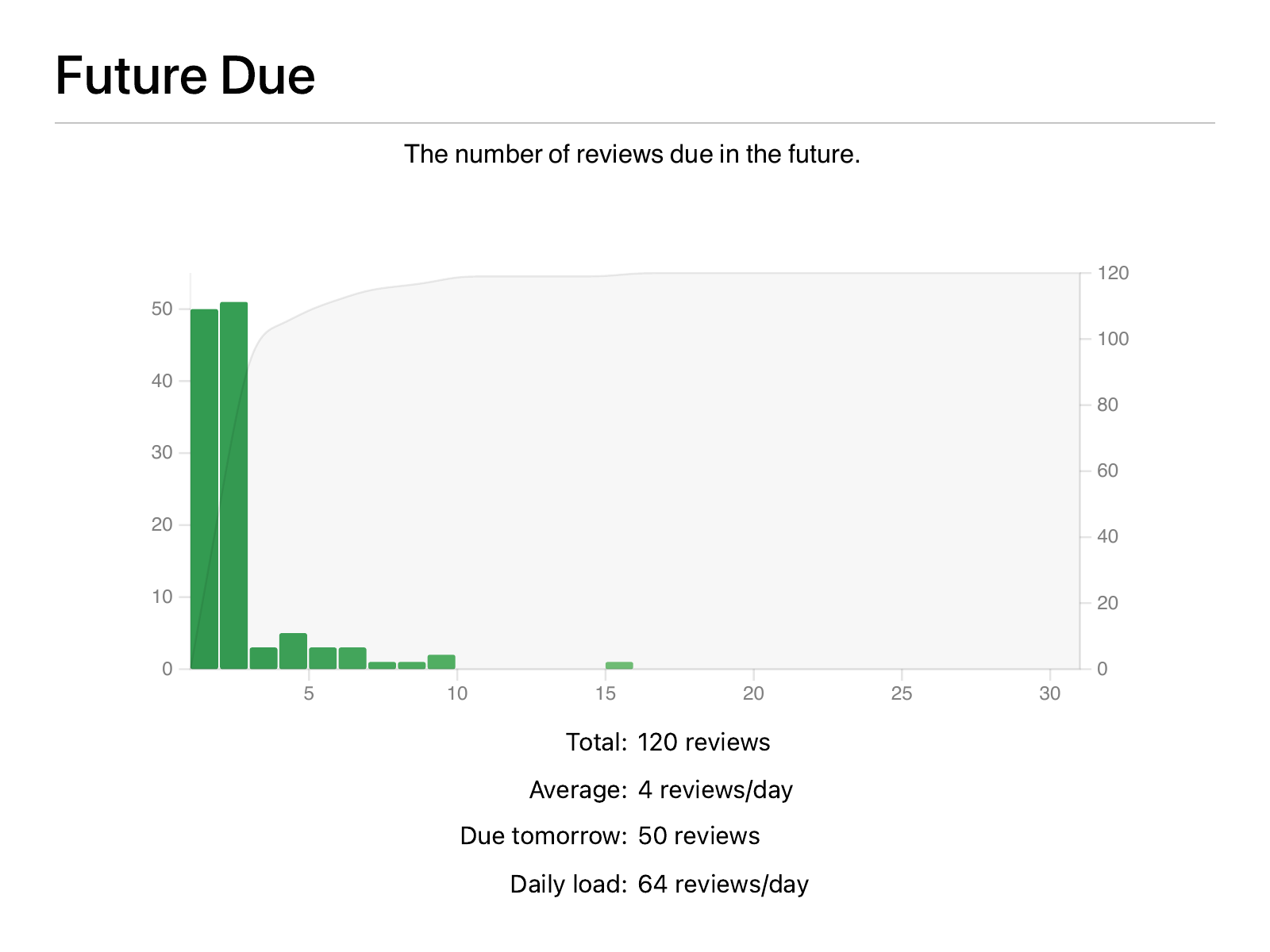
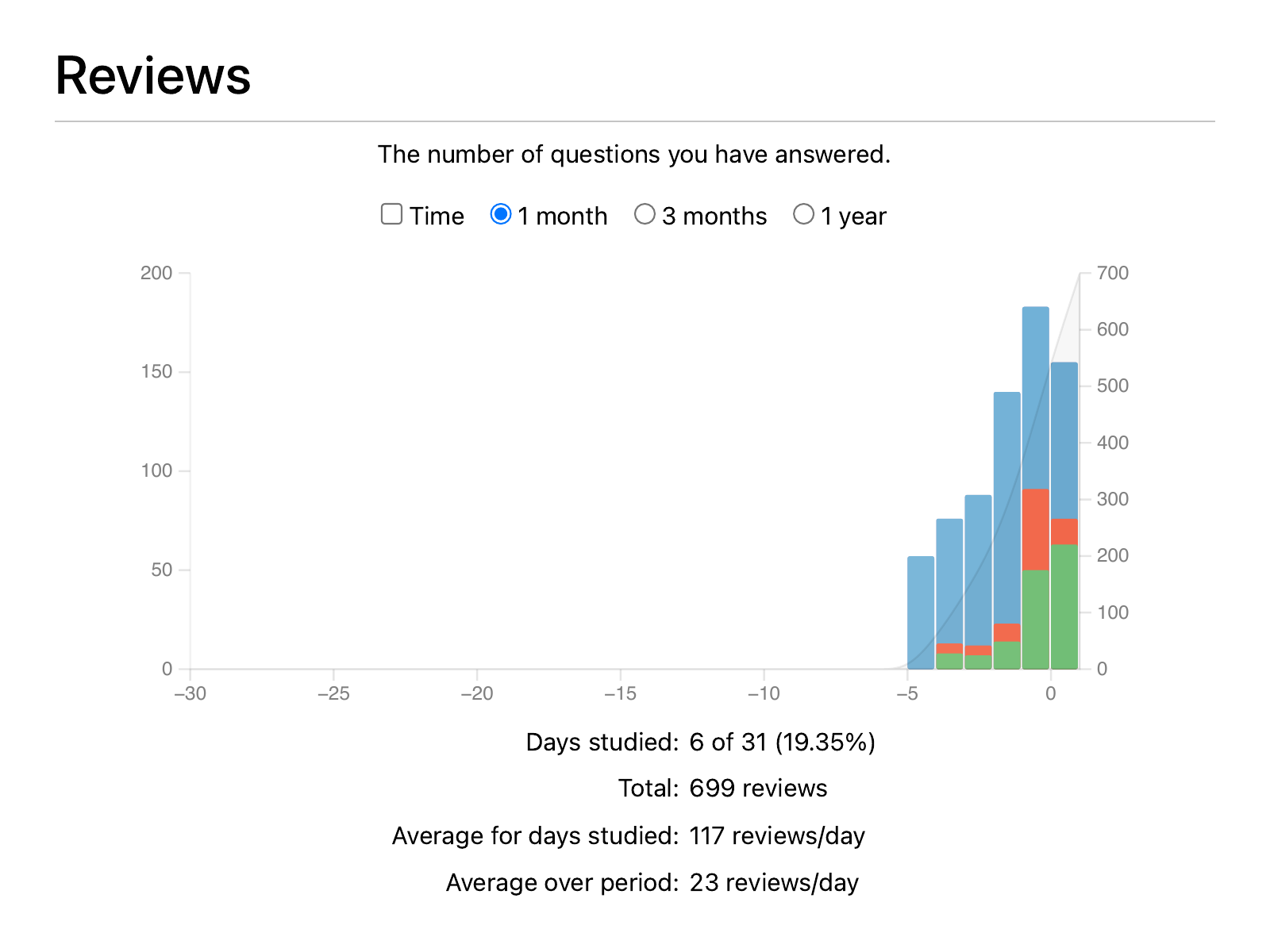
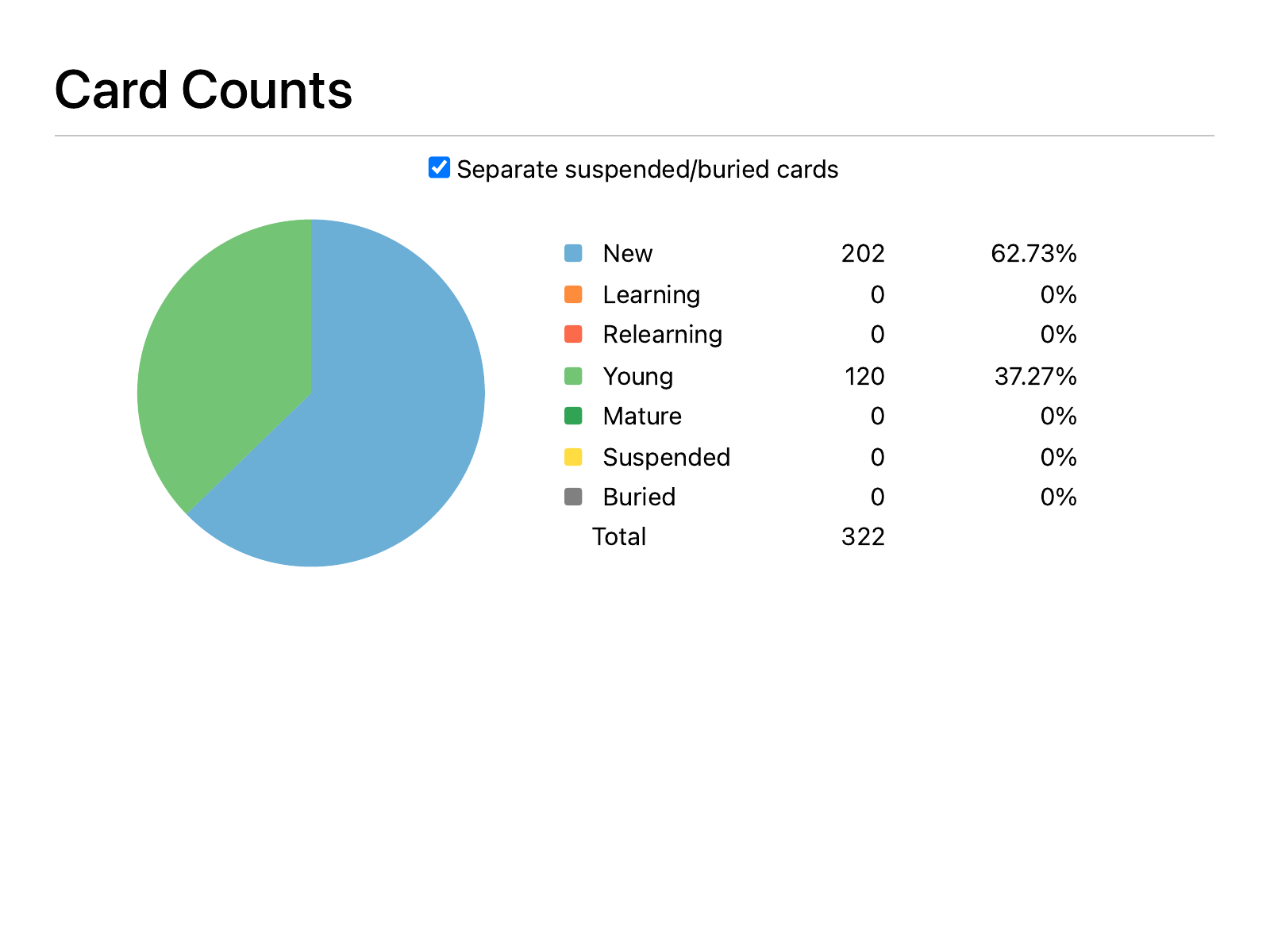
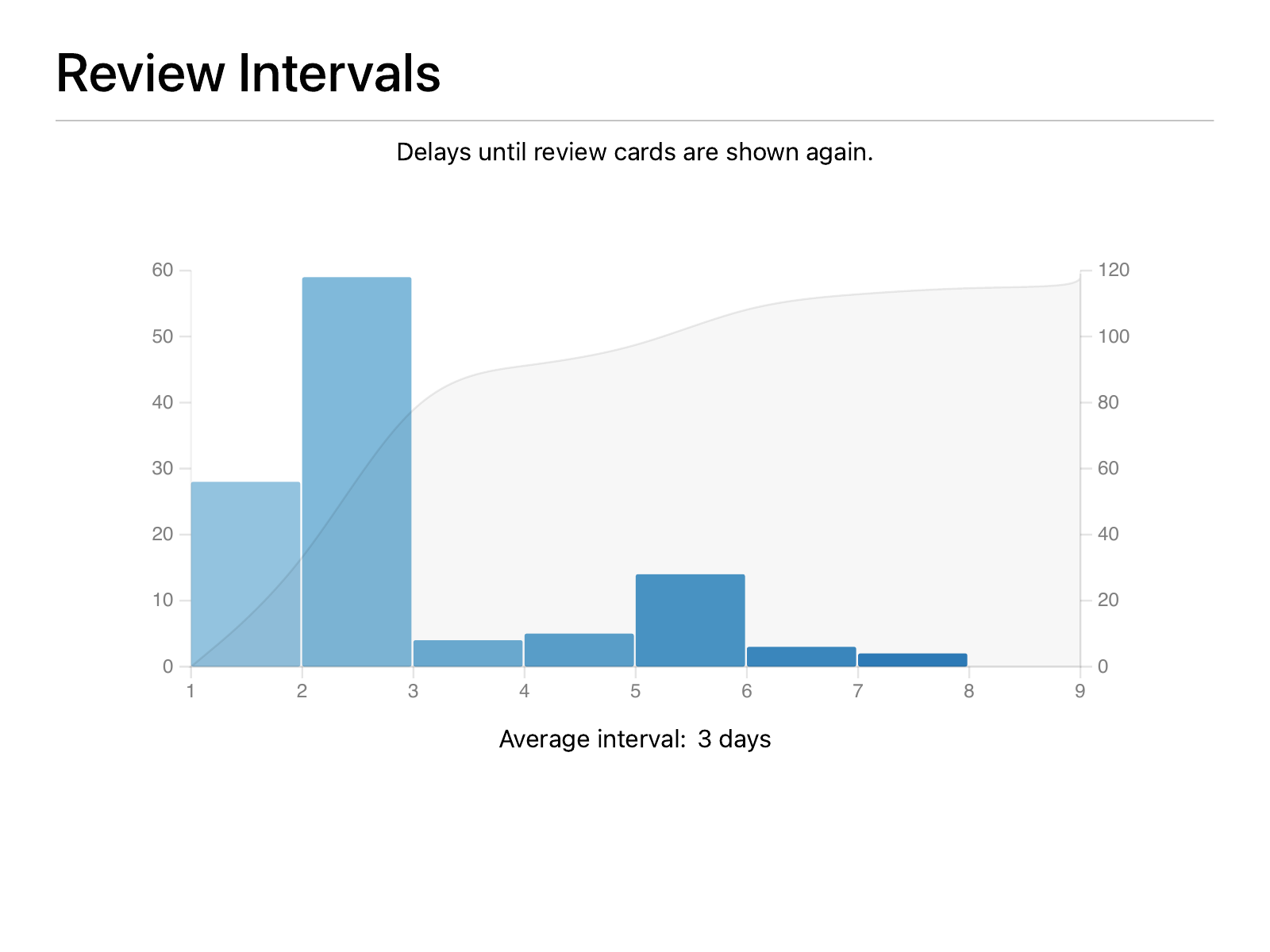
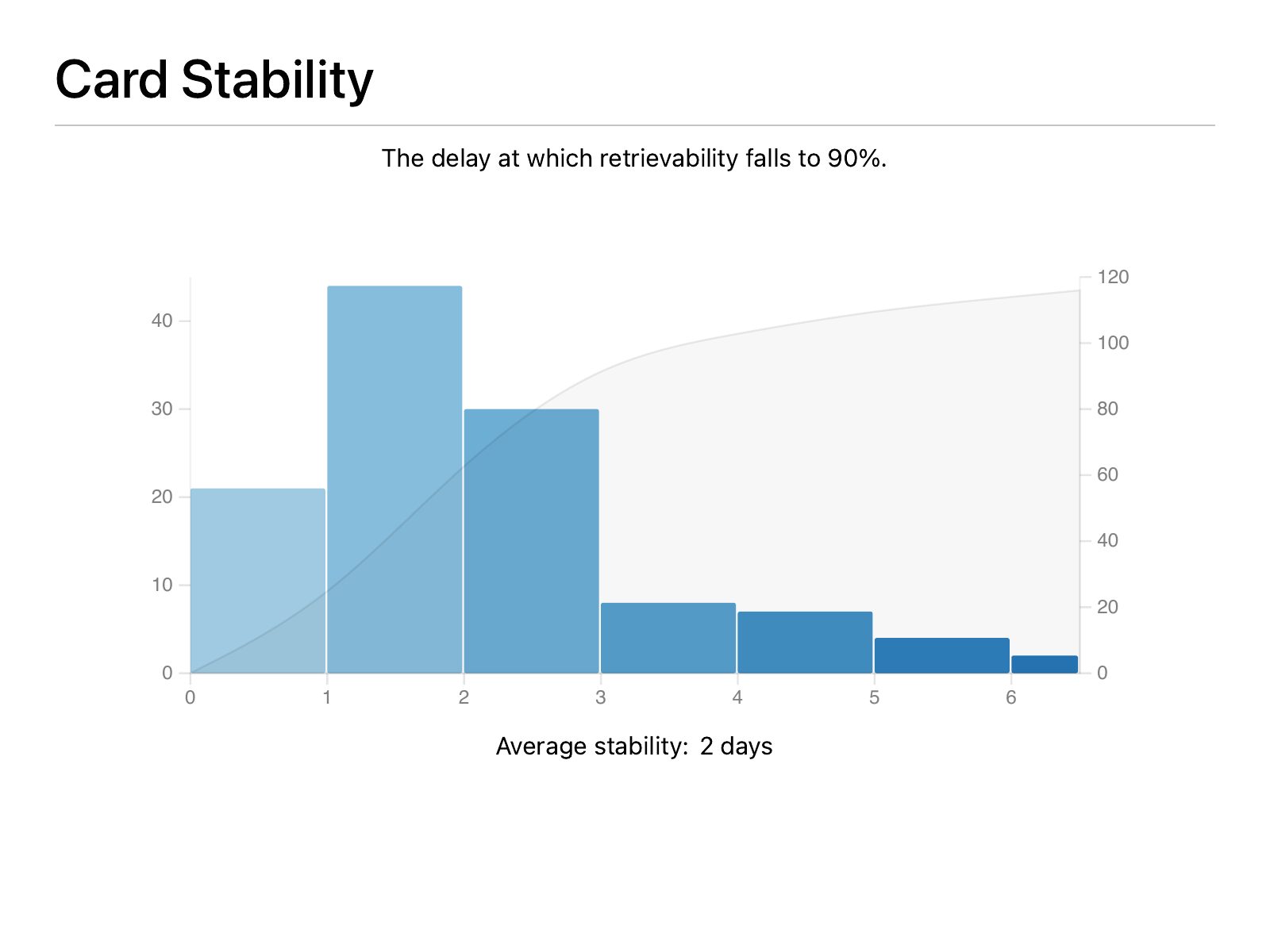
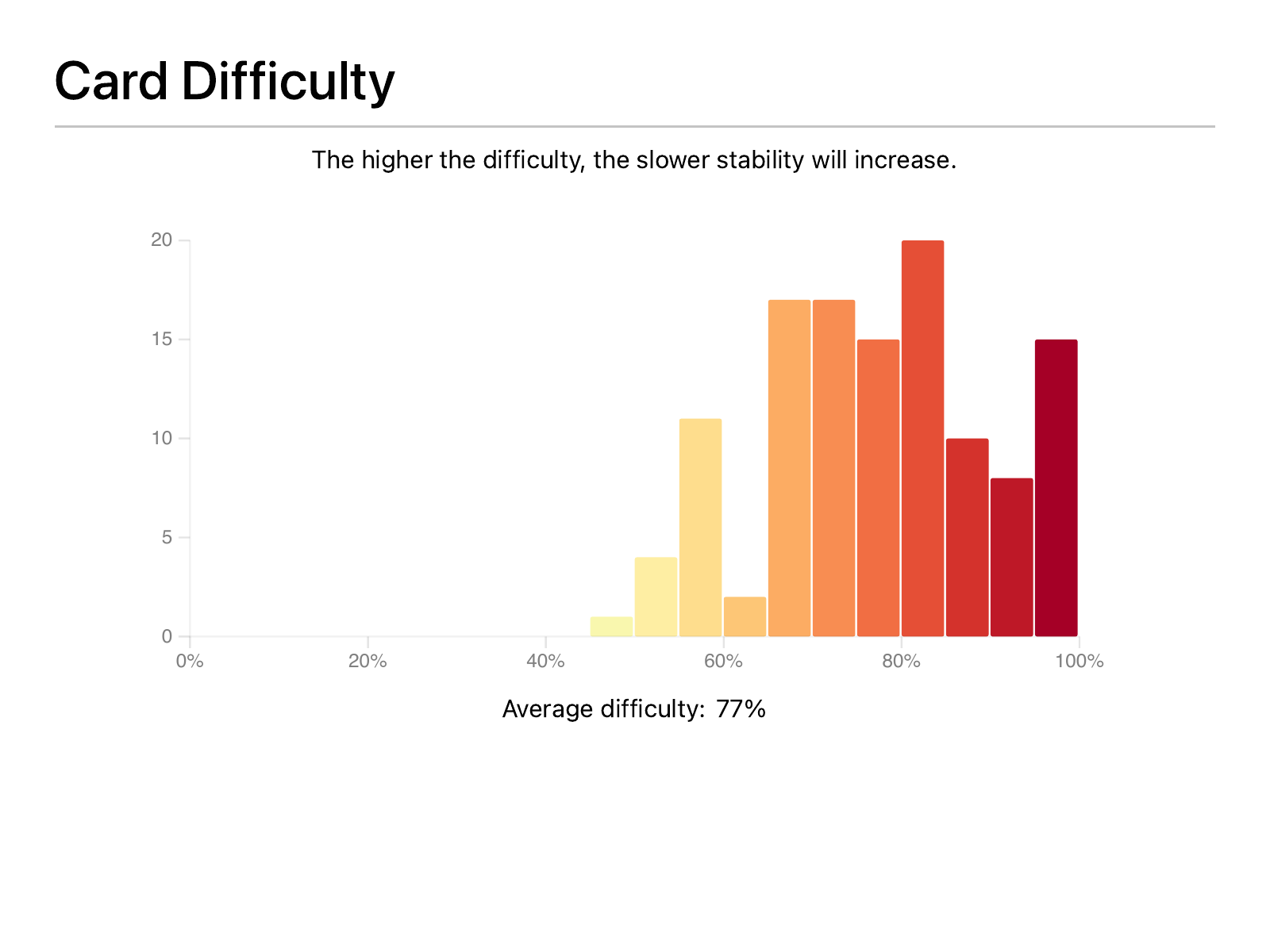
The current state of my learning set for the KCNA certificate. Still quite a way to go.
Long story short, I’m learning for the KCNA certificate with one of my favourite tools: Anki. The joy of memorising container orchestration concepts is unmatched.
Like the exact chemical composition of various obscure compounds or the precise dating of historical events that historians themselves still debate. ↩︎
Anki uses an algorithm that schedules cards based on how difficult you find them. Cards you find easy appear less frequently, while challenging ones come up more often until they stick. ↩︎
Plus, let’s be honest, sometimes efficiency wins. ↩︎